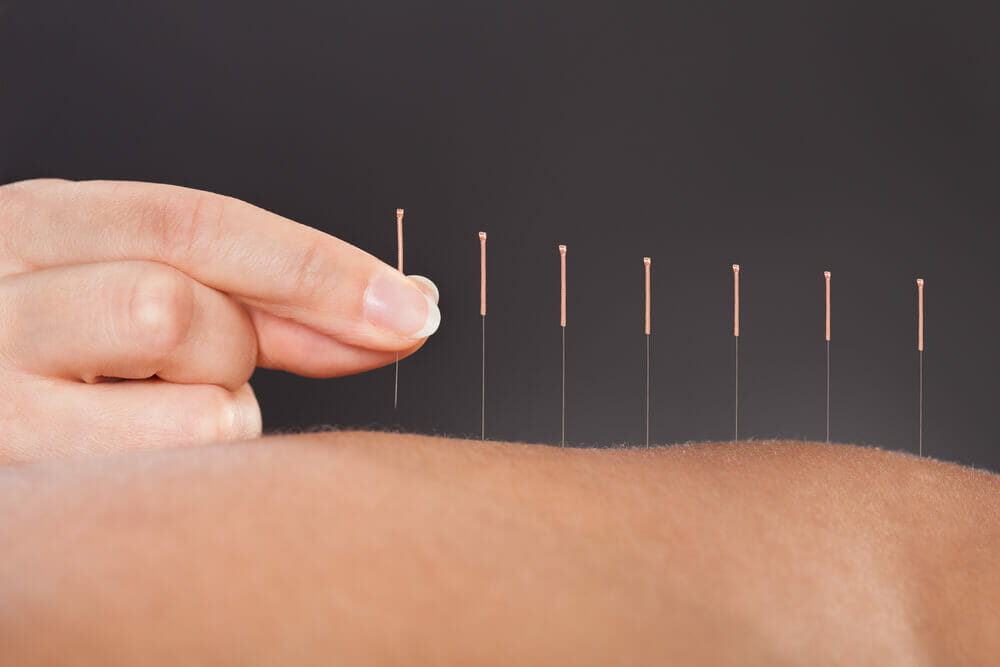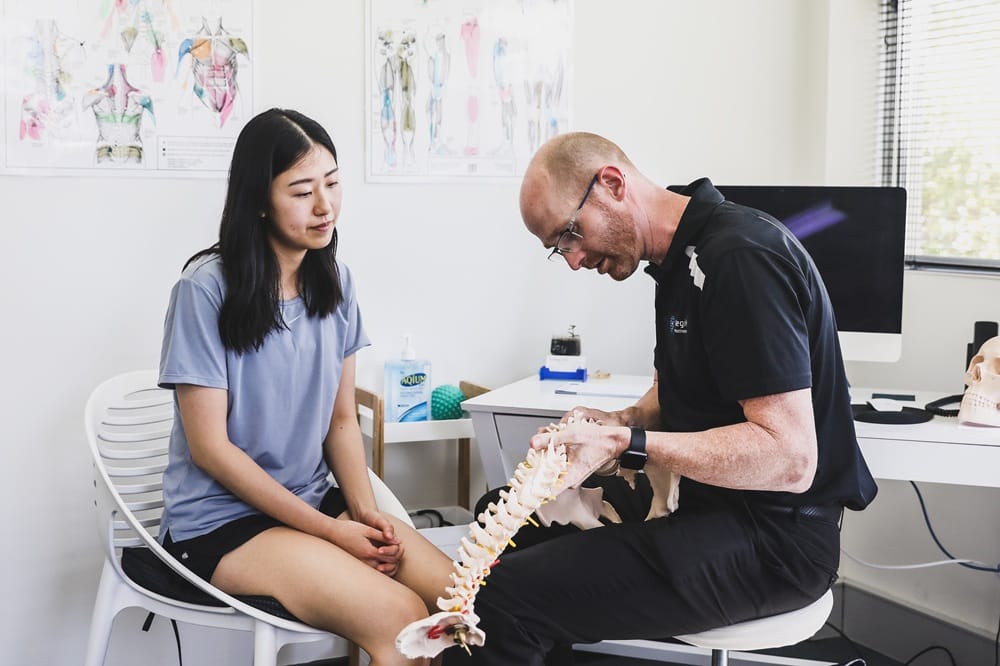
Dry Needling in Como is an effective treatment for providing relief of muscle and joint pain, thereby assisting with injury recovery. Many physiotherapists in Australia now use dry needling as a treatment technique due to its effectiveness, particularly for muscular problems.
Acupuncture and dry needling have gained much attention over the last decade and have become more recognised for the effective treatment of chronic back pain, neck pain, migraine headaches, tension headaches, lateral elbow pain and shoulder conditions as well as many other problems.
The term acupuncture has historically referred to chinese acupuncture but many physiotherapists and patients receiving dry needling have come to use the terms ‘dry needling’ and ‘acupuncture’ interchangeably. Sometimes the terms are even combined as ‘dry needling acupuncture’. This has created some confusion though, since dry needling and chinese acupuncture are quite different. So, let’s clear things up and find out more about dry needling and physiotherapy in the process.
What’s The Difference Between Chinese Acupuncture And Dry Needling?
Traditional chinese acupuncture addresses energy flow around the body by inserting needles into meridian points on the body. Dry needling however, performed by physiotherapists, directly focuses on treating specific neuromuscular problems which cause pain or limit mobility.
Traditional chinese acupuncture is an ancient practice that originated in China more than 5000 years ago. It is based on the belief that a person’s health is dependent on the flow of chi (vital life energy; present in all living organisms), throughout their body. Dry needling, in contrast, is not based around chi and has only been used routinely in Australia by physiotherapists for a little over a decade. As it has become more well understood, it has has been widely accepted as a treatment form used by physiotherapists.
In Chinese Acupuncture the belief is that Chi circulates throughout the body along twelve major pathways which are called meridians. Each meridian is linked to specific organs and organ systems. Traditional acupuncture therefore works on these meridians to redirect and improve the flow of chi (energy) which relieves imbalances to improve overall health.
In traditional acupuncture the belief is that treatment redirects the flow of energy (chi) to relieve stress, tension and pain. When the chi energy is flowing without blockages or imbalance, it is believed that this contributes to overall health and wellbeing.
Most physiotherapists in Australia do not perform traditional chinese acupuncture. Many physiotherapists are trained to use dry needling to relieve musculoskeletal pain by relaxing muscular trigger points. In dry needling, a needle is gently inserted into the painful muscle and then carefully manipulated, the patient may feel a small twitch often called a ‘twitch response’ which is often an indication of a region of tightness. In traditional chinese acupuncture the needle placement is not based on muscular anatomy. While both traditional chinese acupuncture and dry needling use the same very fine single-use sterile needles gently inserted at specific points the approach and effect is quite different.
Whilst dry needling sounds painful, it rarely is, and surprisingly is often more relaxing and comfortable than massage. Most people expect a needle like sharpness but this also is very rare due to the fine nature of the needles. In dry needling, once the needles are applied, they remain in place briefly (30 secs to just a few minutes) and are then removed. The aim is to reduce pain and discomfort, relax the muscle and improve blood flow.
Dry needling as the name suggests is a ‘dry needle’, meaning it does not contain any medication. Instead it works by stimulating the release of your body’s own natural pain relieving chemicals. It also works by activating neural pathways in the central nervous system to help relieve pain. After dry needling treatment there is often an increase in blood flow to the area making it look mildly ‘flushed’ and it will usually feel warm and more relaxed. The body’s natural pain relieving chemicals (endorphins) are released during dry needling assisting with the inhibition of pain nerve pathways. This helps to ease pain, promote healing and reduce excessive muscular tension.
Is It Safe?
Acupuncture and dry needling are both very safe. The majority of patients hardly feel the needles being inserted, but a few may feel a slight ache. There are no ongoing issues after a session, although some patients do feel a bit tired. Dry needling, used by physiotherapists who are highly trained professionals, is safe and effective.
Does It Work?
Research has shown that dry needling is effective in the treatment of many conditions including: chronic and acute back pain, chronic neck pain, pelvic girdle pain, tension and migraine headaches, lateral elbow pain, knee osteoarthritis and shoulder issues.
Dry needling in Como as you now understand it is muscular acupuncture and is available in South Perth. It oftens provides relief from muscular pain and tightness and is able to improve many other musculoskeletal conditions. The team at Integrity Physiotherapy are highly experienced and will provide a full assessment to determine if dry needling will be helpful for your condition.




